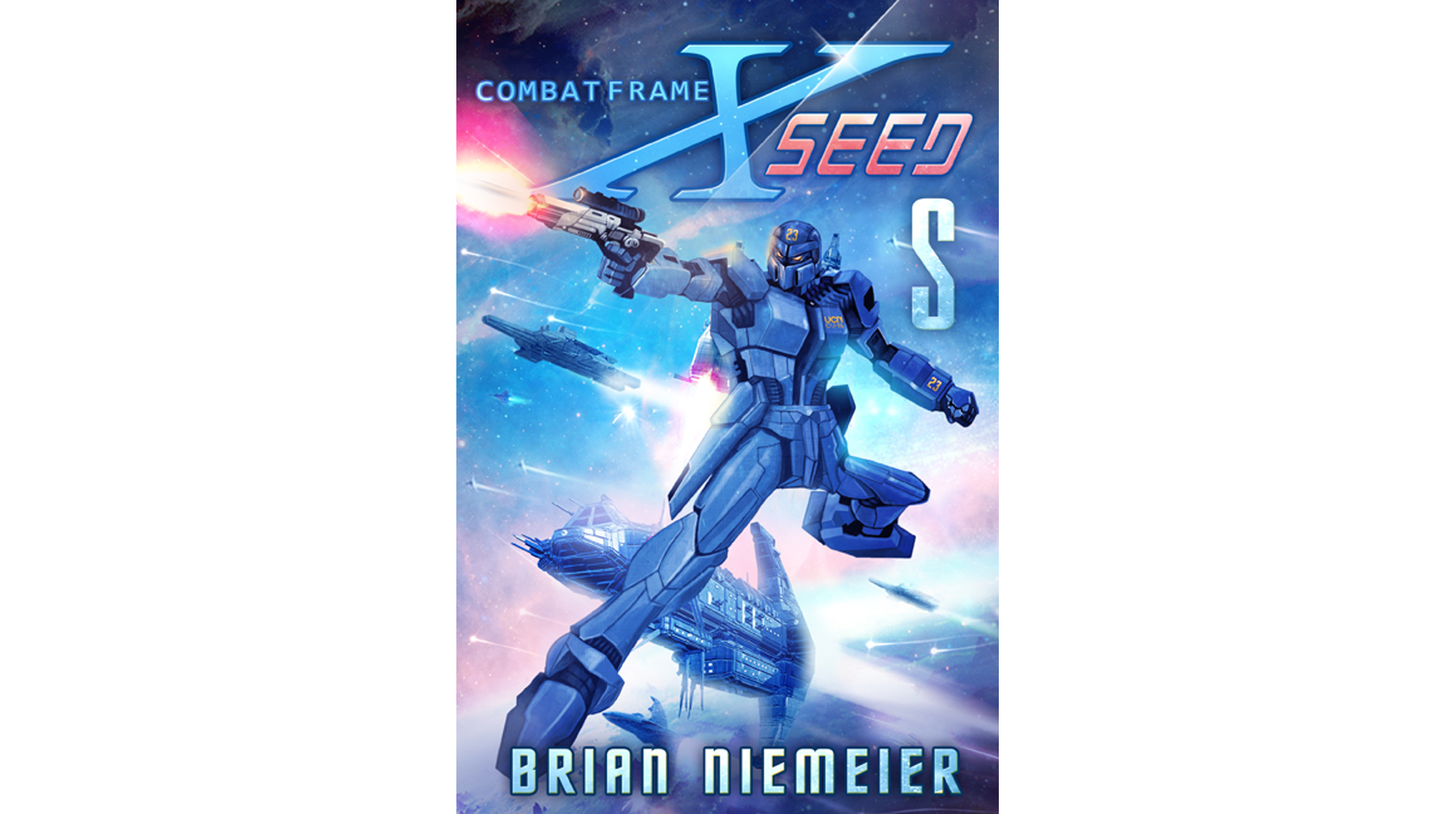Defusing the Pop Bomb
Rivers of ink have been spilled in our corner of the counterculture scene about Cultural Ground Zero. For the uninitiated, that’s a shorthand description of the abrupt decline that struck Western entertainment right around 1997. The movie moguls, rock gods, and video game wizards who’d spent the 80s and 90s making one summer blockbuster, S-rank album, and instant classic game after another suddenly stopped.
The magic was gone. It took two bland, repetitive decades for us to realize it, but now there’s no denying that every legacy pop culture institution is in steep decline.
Since volumes have been written about how to contend with and even reverse the trend, today we’ll indulge in some fanciful speculation. It’s a gentle summer day–the perfect time to idly contemplate ‘what if’s.
Specifically, what if Ground Zero had never happened?
That’s a massive question encompassing any number of butterfly effect chains, so we’ll restrict this thought experiment to a trenchant representative example.
Alternate Timeline: Sega Stays in the Game
Excertp from Sega Magazine
In the early 90s, upstart game company Sega enjoyed a meteoric rise that saw them go head-to-head with big dog Nintendo for console market dominance. With consummate businessman Tom Kalinske at the helm, Sega of America actually took the top spot from the Big N at one point.
The honeymoon wasn’t to last. Constant undermining from Sega of Japan, especially multiple ill-advised hardware blunders and a catastrophically botched console launch, lost the 32-bit generation for Sega and set them on their way out of the console market. Their player-centric, arcade-at-home ethos has been sorely missed ever since.
How they could have defused the bomb
Kalinske puts his foot down, possibly even suing his parent company under the terms of the deal SOJ approached him with to lead SOA in the first place.
Legendary albatrosses like the 32X and Sega CD don’t get a stateside release. SOA’s install base isn’t wearied and bilked with gimmick hardware.
More time and resources are put into the Saturn. Absent Japan’s interference, Kalinske seals his deal with Silicon Graphics, whose next-generation RISC chip goes into the Saturn instead of Nintendo’s Project Reality.
The N64 never exists. Nintendo realizes its best bet is to continue its partnership with Sony, resulting in the CD-based Nintendo PlayStation.
Sega releases a more powerful, more reasonably priced and easier to program for Saturn for Christmas, not summer, 95.
The console market remains a head-to-head battle between Sega and Nintendo. The SG-powered Saturn boasts better 3D graphics than the PlayStation, while Sega’s stable of veteran arcade programmers take 2D games to the next level. Nintendo is forced to keep its focus on making player-centric experiences rather than dev wank-offs.
Square releases Final Fantasy VII for both CD-based consoles. They’re compelled to turn in a more refined–and actually finished–version of the game to accommodate the 64-bit Saturn, whose version of FFVII is hailed as the superior, definitive incarnation.
Which might have been something like this:
But the sweetest plum to come out of the 64-bit Saturn pudding would have been the continued flowering of 2D gaming. The few morsels that console gen did give us only ever hinted at what 32-bit 2D games could have accomplished. Trying to imagine player-centric, high production value 2D with no console Ground Zero boggles the mind.
It’s probably just as well, since we’ll never know what might have happened.
Yet every evil is allowed only that greater good may come of it. To see the restoration of mecha mil-SF, read my hit military thriller Combat Frame XSeed: S!


